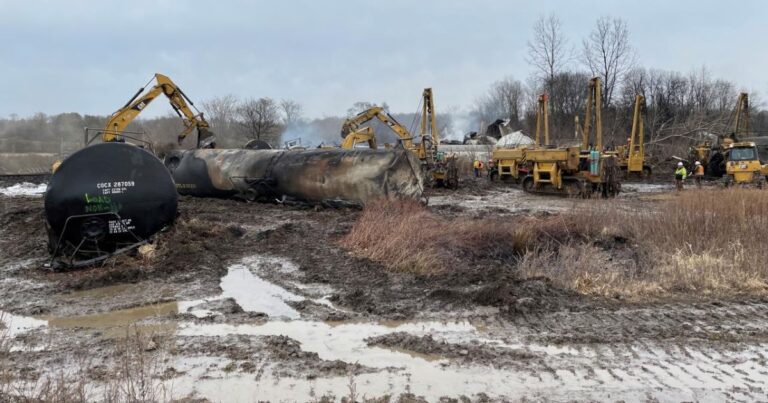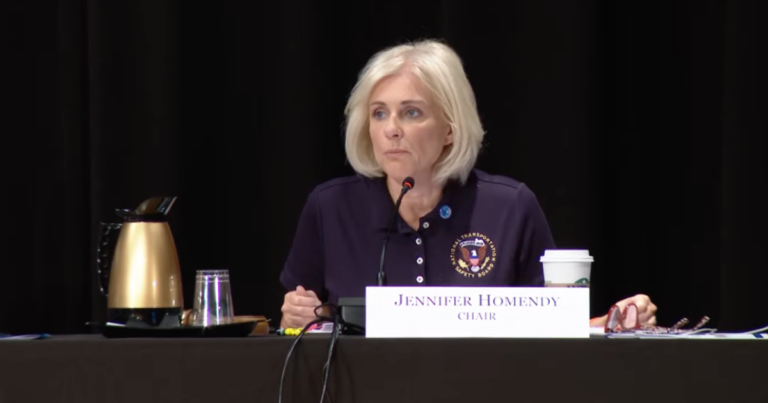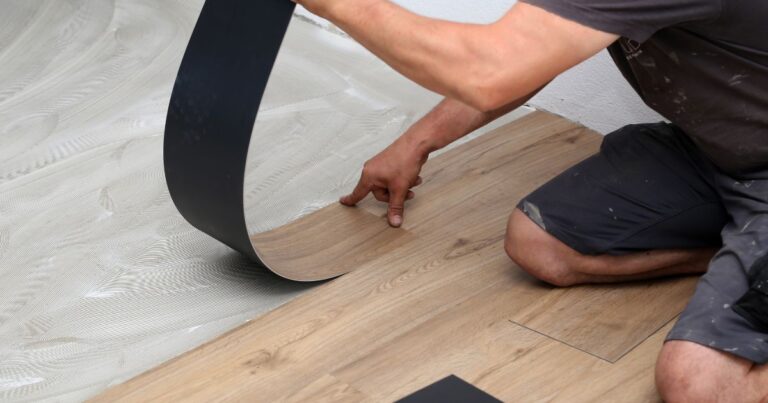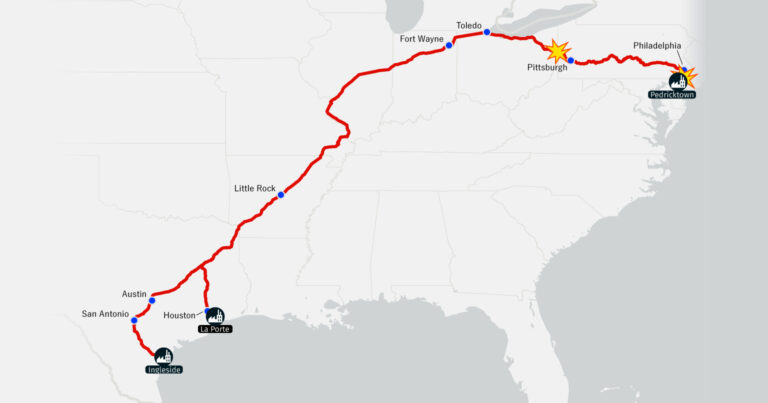EPA: Ban vinyl chloride!
TSCA IMPLEMENTATION
The Problem
Vinyl chloride is a known human carcinogen associated with liver cancer, brain and lung cancers, and cancers of the blood, and can be found in air, water, and consumer products. Despite its well-documented harms, companies continue to produce the chemical and use it to make polyvinyl chloride (PVC) building materials like flooring, siding, pipes, and other products including packaging materials, electronics, and children’s toys.
From production to disposal, vinyl chloride threatens health and contaminates the environment. The International Agency for Research on Cancer (IARC), U.S. Department of Health and Human Services (HHS), and the U.S. Environmental Protection Agency (EPA) have all identified vinyl chloride as a known human carcinogen.
Billions of pounds of vinyl chloride are produced in the U.S. each year, with approximately 99% used to produce PVC and its copolymers. The production of PVC plastic releases hundreds of thousands of pounds of carcinogenic vinyl chloride into the air every year in the U.S., often in low-income communities and communities of color.
The Solution
On July 24, 2024, the U.S. EPA proposed designating vinyl chloride as a high-priority chemical under the Toxic Substances Control Act (TSCA), because it may present an unreasonable risk to people and the environment. TSCA requires the EPA to consider all pathways of exposure to vinyl chloride—from air, water, drinking water, and soil—and all contexts of exposure, including in workplaces, from chemical plant disasters, and transportation accidents that result in releases of vinyl chloride, as occurred this year in East Palestine, Ohio.
The examination of all routes of exposure prescribed by the law should lead EPA to the conclusion that vinyl chloride is far too dangerous to make or use, and should be banned.
Related Key Project
Toxic-Free Future comments to EPA
Recent posts on vinyl chloride








